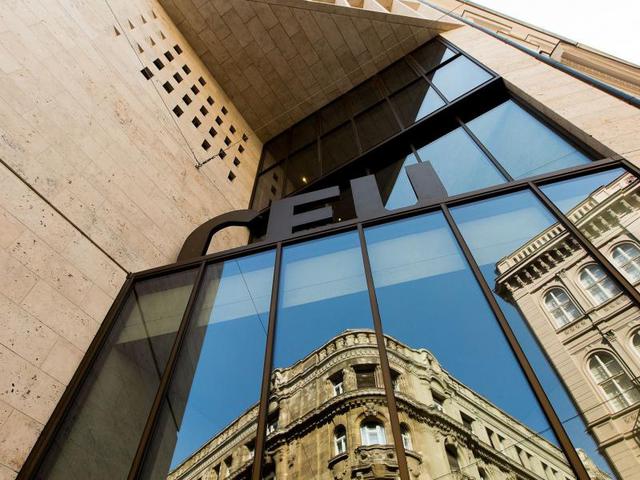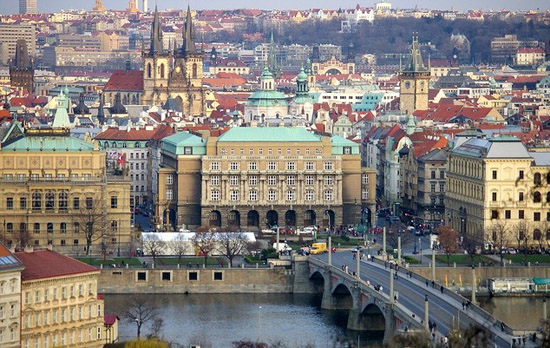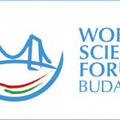Hungarian Academy of Sciences, CEU, Charles University Researchers Win EUR10 Million ERC Synergy Grant
Budapest, October 22, 2018 — Laszlo Lovasz of the Hungarian Academy of Sciences, Albert-Laszlo Barabasi of Central European University (CEU), and Jaroslav Nesetril of Charles University in Prague have been awarded a six-year grant supporting network science research by the European Research Council (ERC) totaling almost EUR10 million. 
The three researchers and their colleagues will explore what mathematical rules are applicable to large networks, from cellular processes to human brain functions to Facebook networks. The project was awarded the most prestigious of European Commission-funded grants, the ERC Synergy Grant. This program, launched in 2012 and 2013 on a trial basis, was launched again after four years of intense preparation, in 2017 by the European Research Council.
The Synergy Grant aims to promote cooperation among different disciplines, such that the research results may form the basis of new disciplines. The goal of the project is to build upon the newest results of network science and graph theory, bringing researchers from each field together to better understand the workings of large complex networks. The results can have an impact on multiple disciplines, so the researchers plan to consult with brain scientists, medical doctors, cell biologists, physicists, experts in communication, social networks, transportation and computer science.
The coordinating Principal Investigator of the project is Laszlo Lovasz, President of the Hungarian Academy of Sciences and professor emeritus of Eotvos Lorand University. The cutting-edge mathematician aims to record the mathematical characteristics of dynamically changing networks.
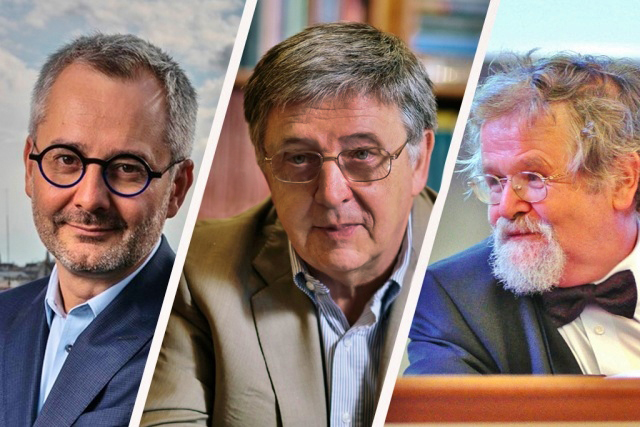 Albert-Laszlo Barabasi of Central European University (CEU), Laszlo Lovasz of the Hungarian Academy of Sciences, and Jaroslav Nešetřil of Charles University in Prague
Albert-Laszlo Barabasi of Central European University (CEU), Laszlo Lovasz of the Hungarian Academy of Sciences, and Jaroslav Nešetřil of Charles University in Prague
“The network has become a basic term in modern science, in the same way as ‘functions and their differentiation’ was earlier. Of course, there wasn’t as much time for their development as in the case of analysis, so the use of mathematical methods can develop a lot. Nevertheless, practical observations and methods, and questions stemming from concrete applications are of crucial importance in network science. So, I am pleased to work with Albert-Laszlo Barabasi, the prominent personality in the field of network science. I have been working with our partner Jaroslav Nesetril for decades, and his research is a welcome addition to the methods we want to develop. Those at the Hungarian Academy of Sciences’ Alfred Renyi Institute of Mathematics helped a lot in the preparation of this grant application,” said Lovasz.
“It gives me great pleasure to participate in this project, which is an extraordinary opportunity to strengthen the mathematical foundations of network science. I am honored to work with Lovasz and Nesetril, the legends of graph theory, and the researchers of the Hungarian Academy of Sciences’ Alfred Renyi Institute of Mathematics. If we do our jobs well, this project can be paradigm-changing,” said Barabasi, a physicist and network scientist, one of the three Principal Investigators of the project, visiting professor at CEU’s Department of Network and Data Science.
In terms of ERC projects won, Hungary outperforms the EU13 region. Since the program’s launch in 2007, more than 40% of the projects selected for funding have had a Principal Investigator hosted by a Hungarian research institution. Of those, half involve the Hungarian Academy of Sciences, and a quarter were awarded to CEU researchers. The recent success is not without precedent: the Hungarian Academy of Sciences’ Alfred Renyi Institute of Mathematics and CEU work together on several research projects. The only Synergy Grant hosted by an institution based in Central and Eastern Europe until now was awarded to CEU researchers in the field of cognitive science.
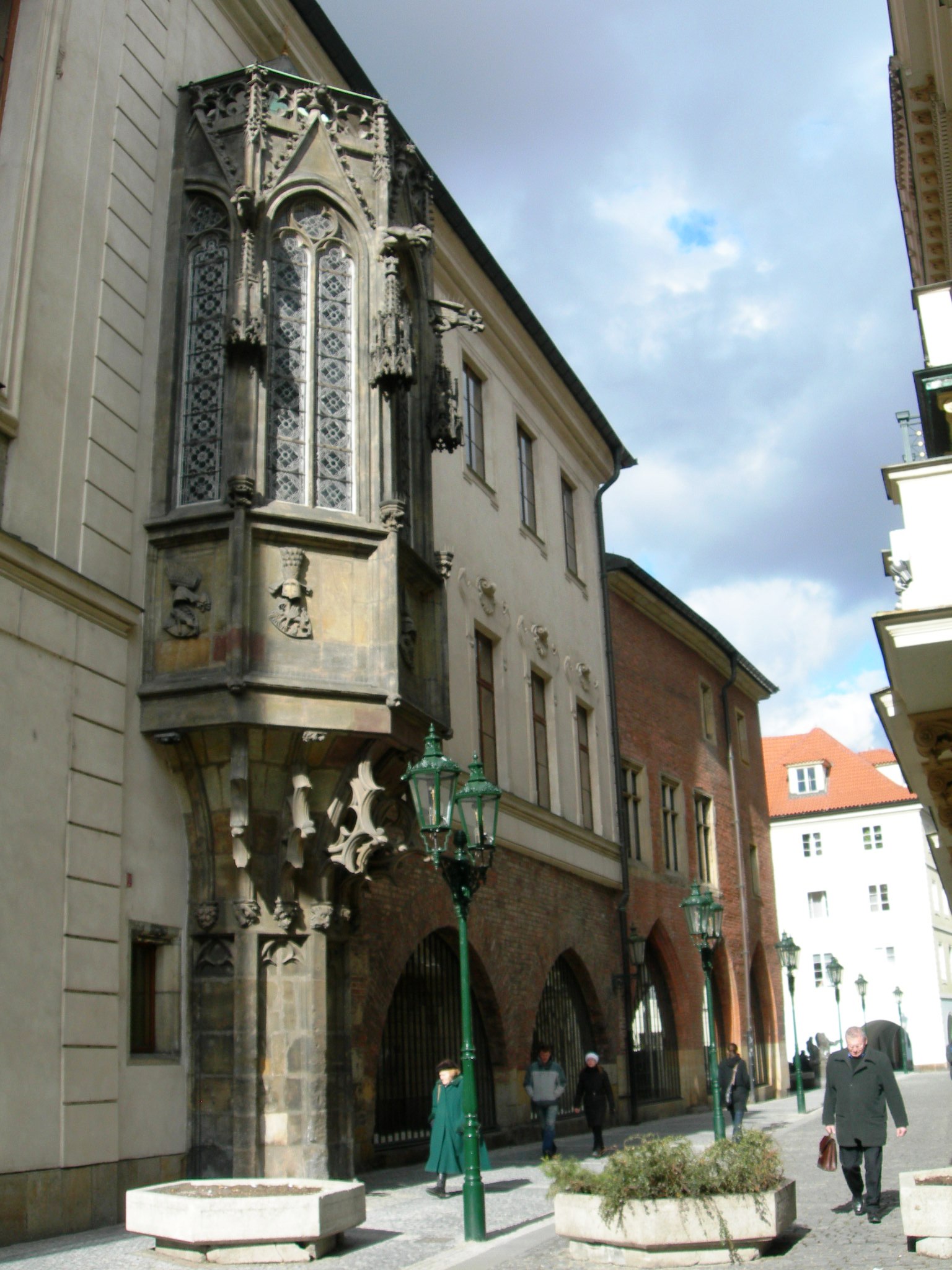
Both network science and graph theory are fields with a successful and serious tradition in Hungary. Generations of mathematicians have been at the frontier of graph theory, including Denes Konig, Gyorgy Polya, Pal Erdos, Laszlo Lovasz, Alfred Renyi, Endre Szemeredi, Laszlo Babai, Bela Bollobas and others. In network science, renowned Hungarian researchers include Albert-Laszlo Barabasi, Reka Albert, Tamas Vicsek, Janos Kertesz, and Peter Csermely, who play leading roles with their Hungarian colleagues in the development of this field.
Synergy: where mathematical graph theory and network science meet
Mathematics has been engaged with networks for a long time – results from the field known as graph theory are used in everything from computer programming to industrial design and package shipping. Apart from mathematics, we meet networks and relationship systems every day – it’s enough to imagine the relationships inherent in a city’s transportation network or among the inhabitants of an ecological system to recognize them.
In recent years, however, with the explosive development of technological possibilities, more and more people in both scientific and commercial fields find themselves faced with huge networks that may have billions of nodes, and understanding these networks are crucial to answering key questions. How fast does news and fake news spread on Facebook? Of thousands of proteins, which should be influenced via medication in order to restore a cell or a tissue to health? How is the brain able to rewire itself following an injury? To answer these questions, it would be helpful to understand the mathematics behind the functioning of huge, dynamic networks.
Barabasi, as a network scientist, examines the properties of very real networks, and in the course of his research has made important discoveries regarding their mathematical characteristics. Lovasz and Nesetril historically approach the issues of large complex networks from a mathematical perspective and have reached fundamental conclusions. However, it has emerged that the mathematical results achieved to this point only concern parts of large networks, so the explanation of the overall properties and dynamic characteristics of large networks represent the challenge of this project.

Baroque library hall in Clementinum, which originally belonged to the university, today part of Czech National Library
In the six-year project by the three prominent researchers, the two approaches – mathematical graph theory and network science – will meet. Research led by Lovasz aims to lay out the mathematical explanation for the functioning of dynamic networks that appear frequently in real life. The results for each approach have exciting possibilities and can bring us closer to answering multiple practical and essential questions in medicine, from cell biology to brain research, and in other areas from engineering applications to the communications networks that permeate our lives.

